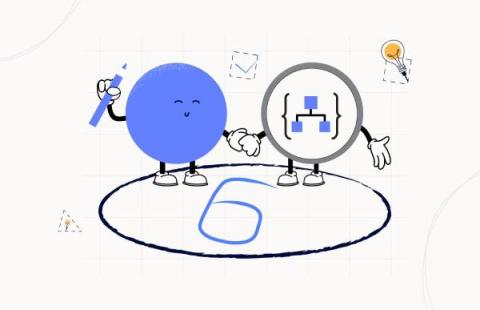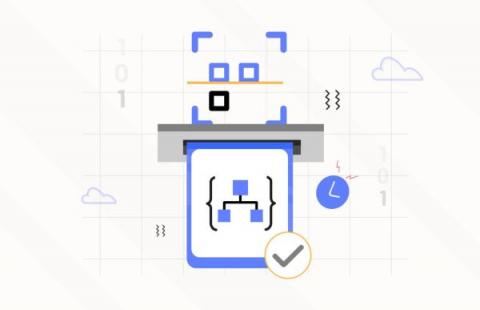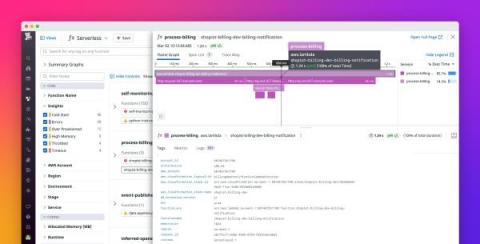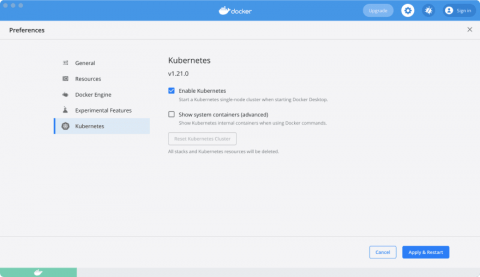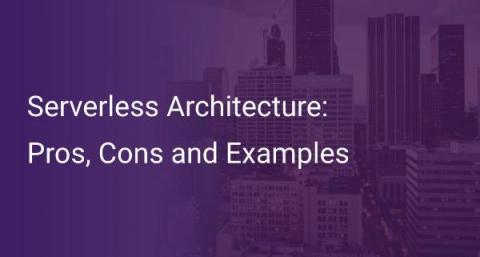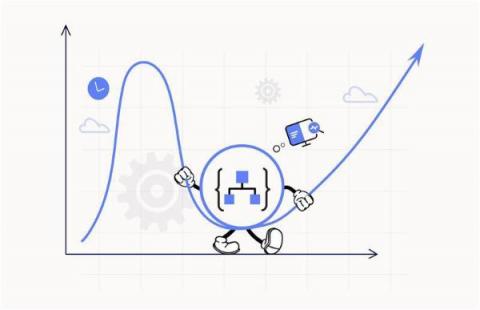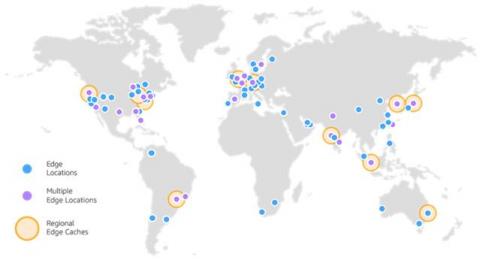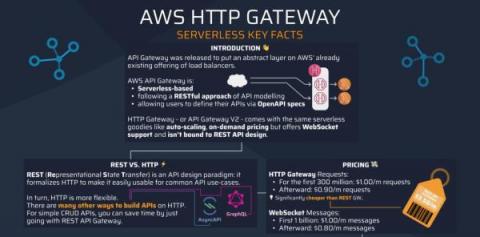Operations | Monitoring | ITSM | DevOps | Cloud
Serverless
The latest News and Information on Serverless Monitoring, Management, Development and related cloud technologies.
Unified Serverless Observability With OpenTelemetry and StackState v4.6
StackState has always believed in the importance of open source and open standards, and we’ve demonstrated our commitment through ongoing support of open technologies. From the beginning, StackState supported StatsD and OpenMetrics. Even our agent is open source, designed to help organizations easily onboard our platform and to give them an extensible open way to observe their services. StackState is now proud to announce our next big open source step.
Logic App Best practices, Tips and Tricks: #5 Delete comments
Real-time distributed tracing for .NET Lambda functions
In 2020 we released distributed tracing for AWS Lambda functions written in Python, Node.js, and Ruby, providing you with health and performance insights across your serverless applications. Since then, we’ve expanded our support to additional Lambda runtimes such as Java and Go, and are pleased to announce that real-time distributed tracing is now also available for.NET Lambda functions.
Running Serverless Applications on Kubernetes with Knative
Kubernetes provides a set of primitives to run resilient, distributed applications. It takes care of scaling and automatic failover for your application and it provides deployment patterns and APIs that allow you to automate resource management and provision new workloads.
Serverless Architecture: Pros, Cons, and Examples
Serverless Computing, or simply serverless, is a hot topic in the current software market. More and more companies are shifting their operations from traditional server-oriented architecture to faster, more modular serverless architecture. The “Big Three” cloud vendors (AWS, GCP, and Microsoft Azure) have shown immense interest in offering the best serverless experience possible. But what exactly is serverless? And how does it work if there is no server at all?
Enhanced monitoring for your Azure Logic App
An Introduction To AWS CloudFront Functions
CloudFront Functions allow you to deploy serverless JavaScript functions to AWS' network of edge locations to be executed as close as possible to end-users. This article will get you started.
[Infographic] HTTP API Gateway from a serverless perspective
Since our latest update, Dashbird also gives you insights into HTTP API Gateway. Let’s look at the differences between REST vs. HTTP; HTTP API Gateway pricing, integrations and monitoring.


